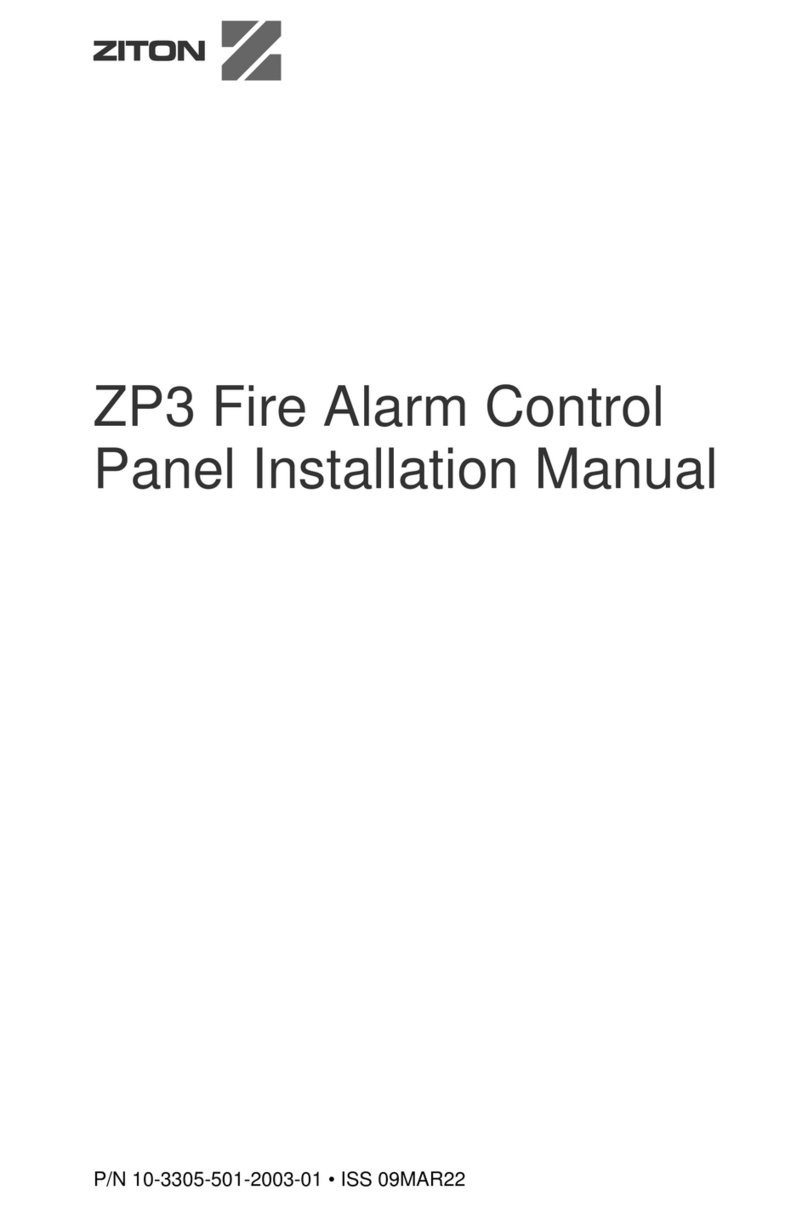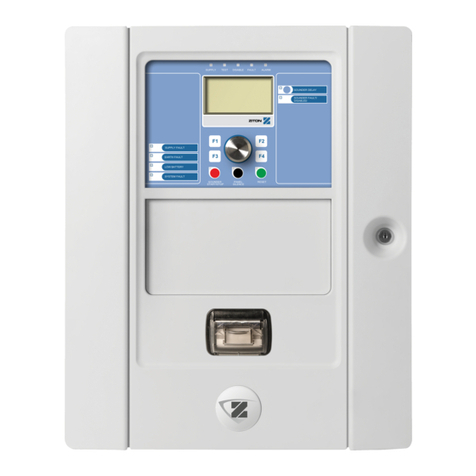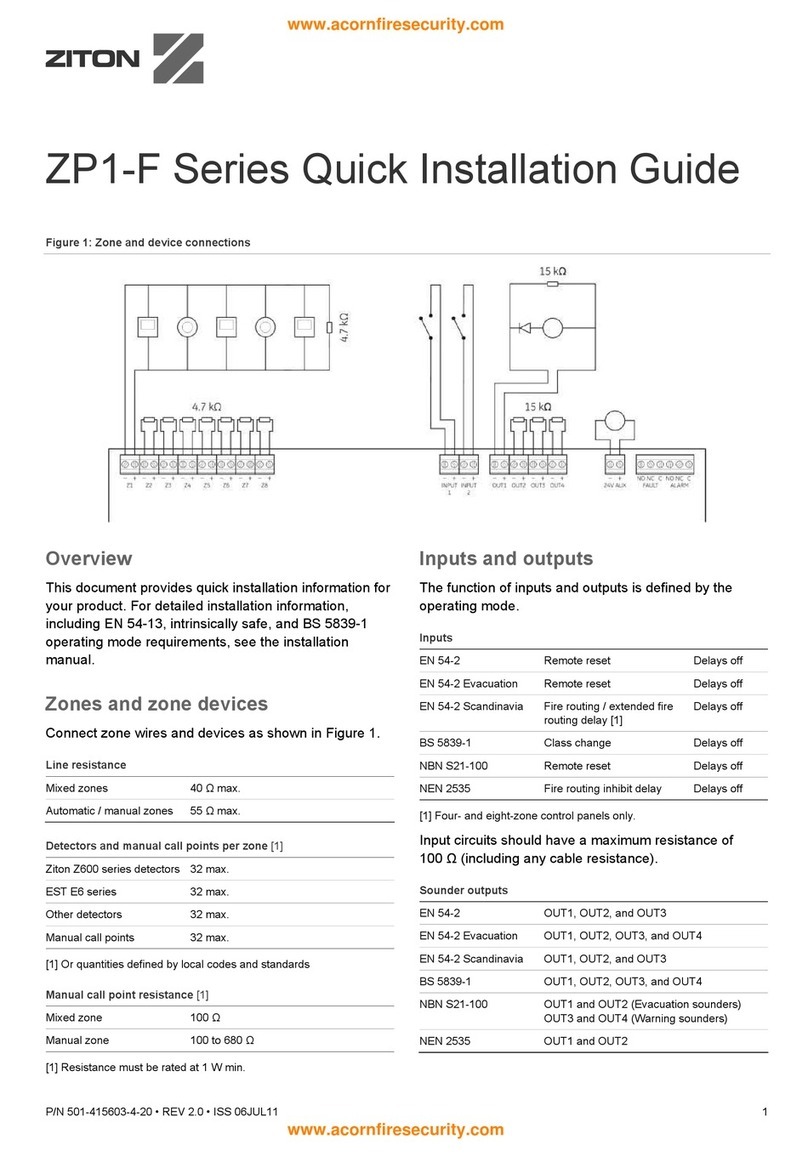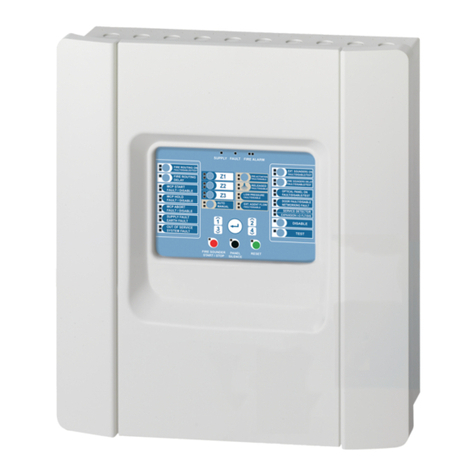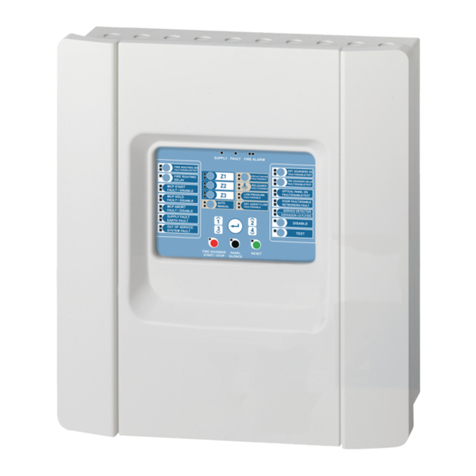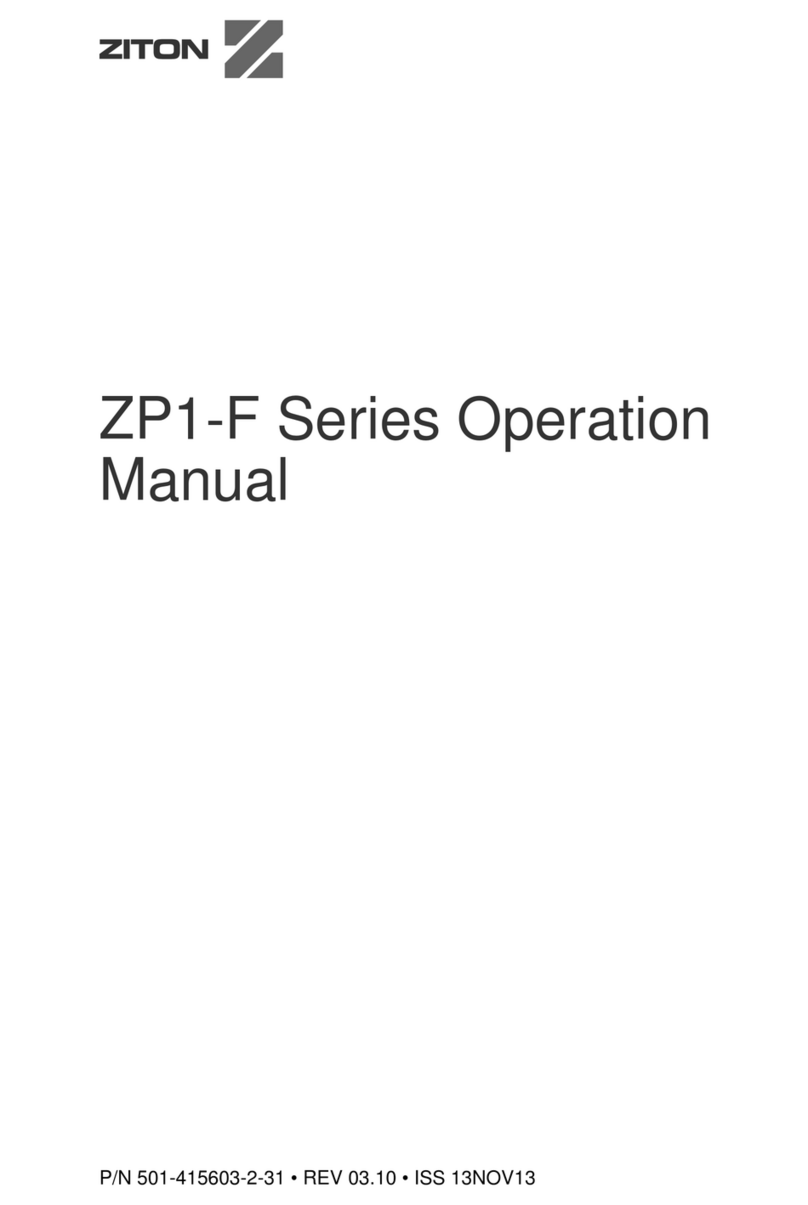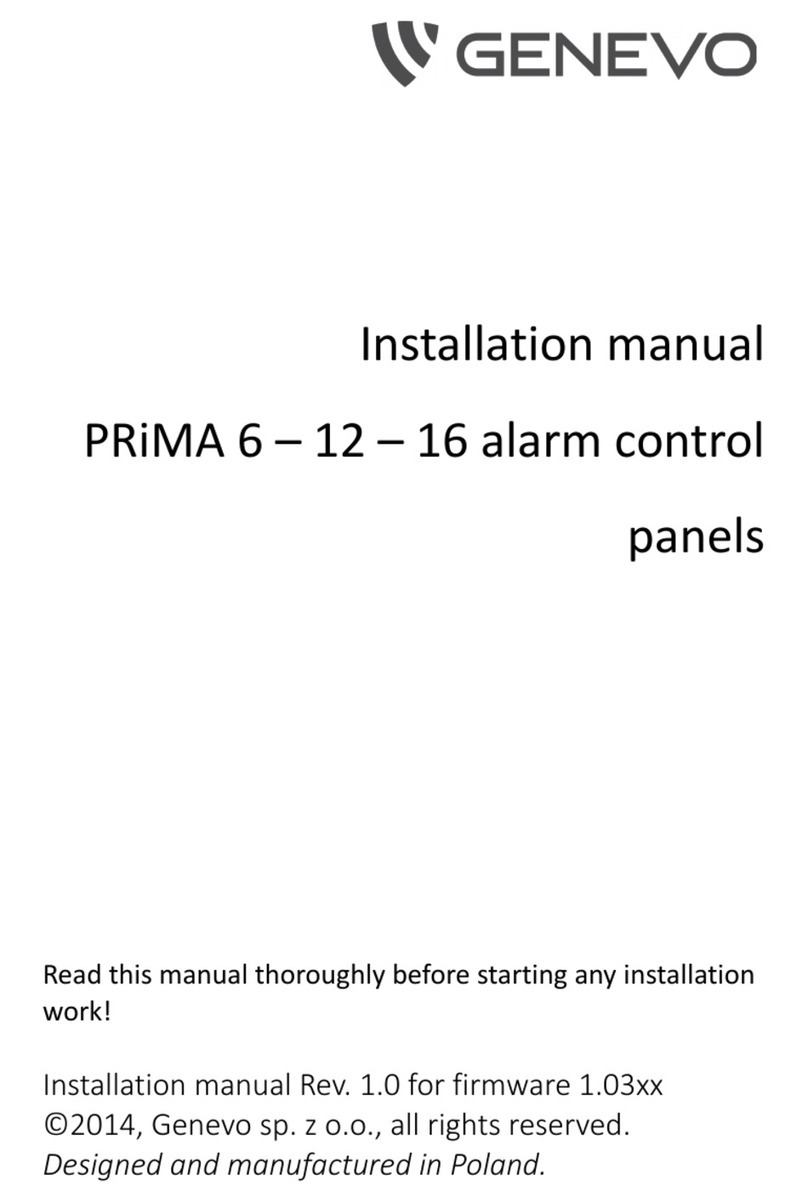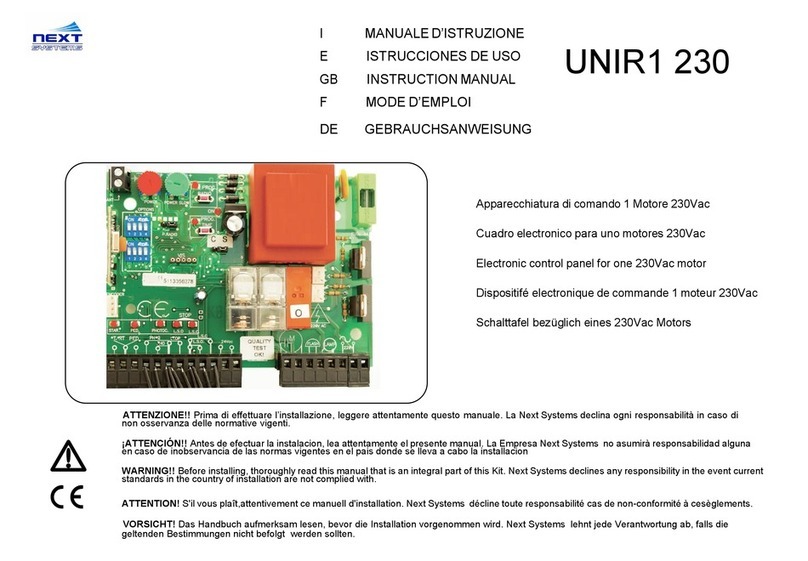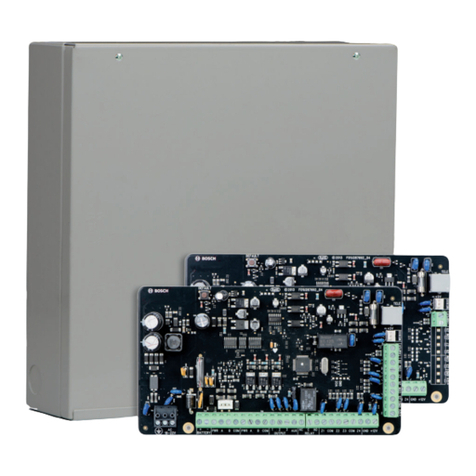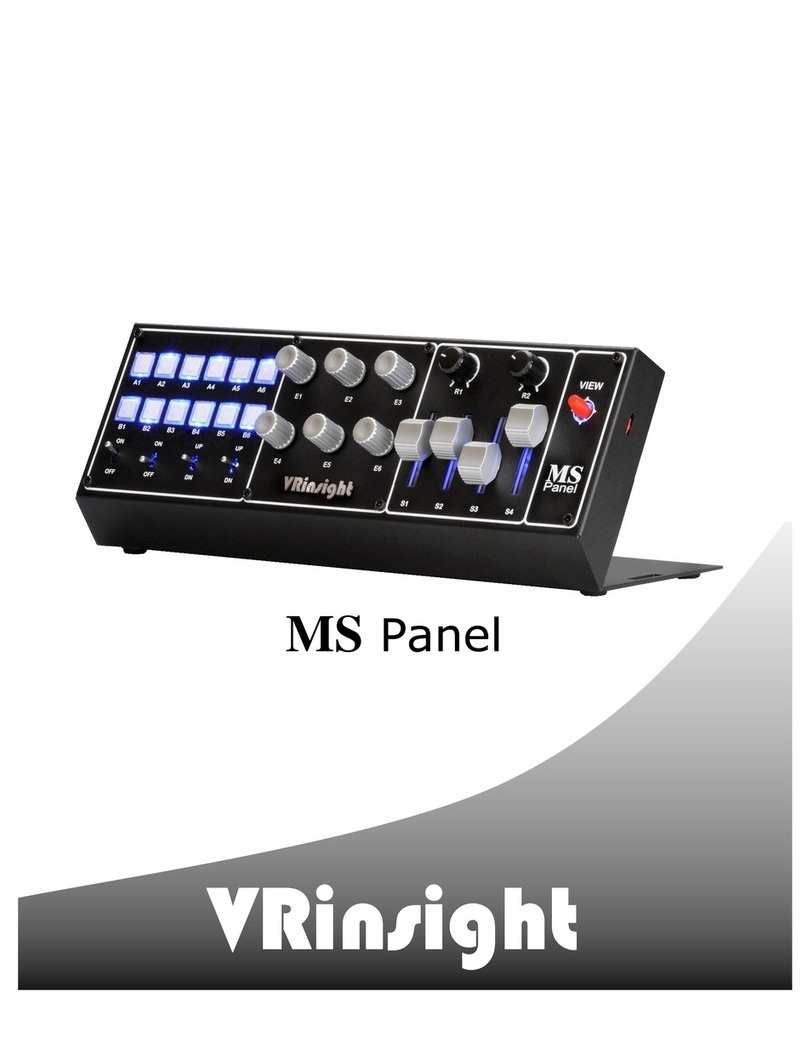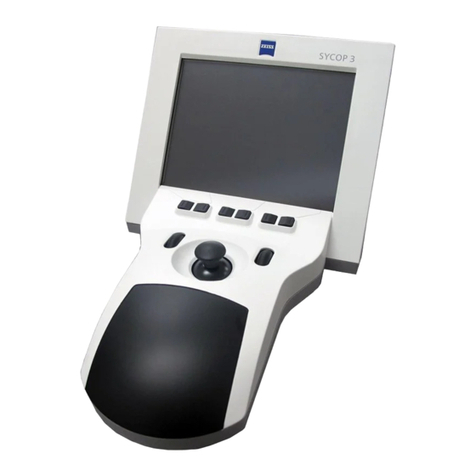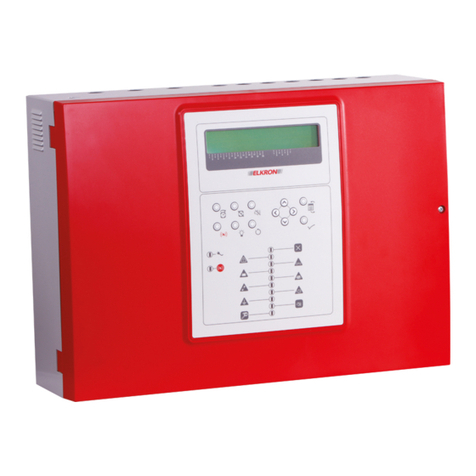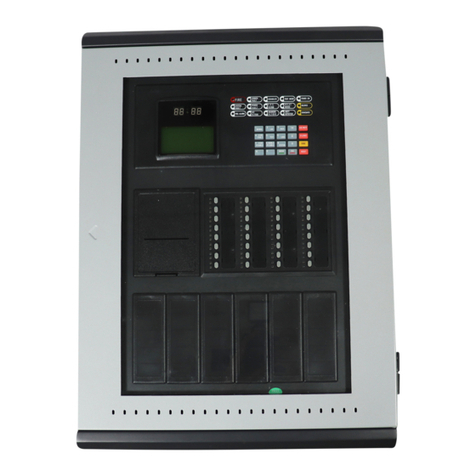Control/LED LED colour Description
Fire Protection Delay
button and LED
Yellow Enables or disables a previously configured fire
protection delay. Cancels a delay as it counts down
and activates fire protection.
A steady LED indicates that a delay is configured
and enabled. A flashing LED indicates that a delay
is counting (fire protection is activated when the
configured delay elapses or when the delay is
cancelled).
Fire Protection
Fault/Disabled/Test
LED
Yellow Indicates a fire protection fault, disablement, or test.
A flashing LED indicates a fault. A steady LED
indicates a disablement or a test.
Sounder Delay button
and LED
Yellow Enables or disables a previously configured
sounder delay. Cancels a delay as it counts down
and activates sounders.
A steady LED indicates that a sounder delay is
configured and enabled. A flashing LED indicates
that a sounder delay is counting (sounders are
activated when the configured delay elapses or
when the delay is cancelled).
Sounder
Fault/Disabled/Test
LED
Yellow Indicates a sounder fault, disablement, or test.
A flashing LED indicates a fault. A steady LED
indicates a disablement or a test.
Supply Fault LED Yellow Indicates a power supply fault.
A flashing LED indicates a battery fault. A steady
LED indicates a mains or mains fuse fault.
Earth Fault LED Yellow Indicates an earth isolation fault.
Low Battery LED Yellow Indicates that the control panel is running on battery
power and that the remaining charge may be
insufficient to guarantee continued operation.
System Fault LED Yellow Indicates a control panel system failure.
Sounder Start/Stop
button and LED
Red The LED indicates what happens when the button
is pressed:
If the LED is on (flashing or steady), pressing the
button silences the sounders.
If the LED is off, pressing the button activates the
sounders (if the control panel status and operating
mode allow manual activation of sounders).
The LED also indicates the status of the sounders:
• Steady indicates that sounders are active (or
will be activated shortly)
• Flashing indicates that a delay is counting
(sounders are activated when the configured
delay elapses or when the delay is cancelled)
• Off indicates that the sounders are off (or will
be deactivated shortly)
ZP2-F Series Fire Alarm Control Panel Operation Manual 5
